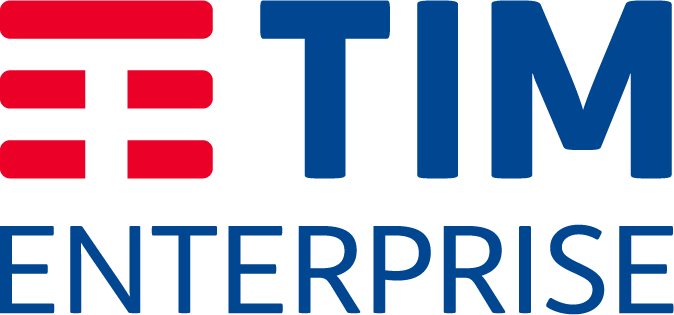With mobile management in place, organisations will be able to take advantage of personal devices, whilst at the same time mitigating the threats posed within their employees’ home networks.
Acceptable use policy
An acceptable use policy (AUP) must be stipulated and enforced for all corporate mobile devices, as well as for any other equipment (both personal and company-owned) connected to the network. It is therefore crucial that all users are made aware of the policy. The AUP consists of a set of mandatory requirements to record what is considered as acceptable use.
The policy should include direction for corporate users, corporately-owned/personal equipment (COPE) devices, the extents of IT support, network rules, eligibility for mobile access, and other important stipulations. If contractors use corporate devices, they will need specific consideration when developing the AUP.
Bring your own device (BYOD) policy
Covid-19 brought about a fundamental shift in working practices. This has been most commonly exemplified by remote working, but employees now use their own devices and internet connections – via a virtual private network (VPN). As most personal devices are now just as powerful as corporate equipment, many organisations have implemented a bring your own device (BYOD) policy.
This allows employees to use their own devices, provided appropriate security precautions are enacted, such as compartmentalisation. These precautions can be enforced by having a mobile device management solution.
Security in mobile management
Network security is a critical factor, but employees may tend to take the path of least resistance. Hence, it has become vitally important to ensure that all device passwords are robust and that IT teams have the ability to remotely wipe corporate devices in the event of them being lost or stolen.
Insider threats have also become an increasing concern due to the issues surrounding remote working. With corporate devices being connected to home networks, there is the risk of malware being transmitted onto the corporate network. This risk can be mitigated by various technical solutions, such as by not allowing corporate devices to connect to other networks and by using network monitoring systems.
Automation for mobile management
With remote working and increasing connectivity, automating simple and monotonous tasks has become an increasingly popular method for enhancing productivity.
By standardising an internal methodology to automation, and focusing on simple but repetitive tasks, a uniform approach can be achieved. This will not only improve efficiency but allow swift adaptability.
IT Service management (ITSM) integration
IT service management (ITSM) has been forced to adapt to meet the increasingly distributed nature of modern enterprise. This has presented a series of challenges, especially in regard to meeting the demands on IT support and the associated management of devices in the home.
By using best practice guidelines to establish a standard approach to IT service management integration solutions, organisations will be able to manage IT performance and costs more effectively. With improved IT effectiveness, more time can be devoted to developing strategic initiatives.
Defining good practice in mobile management
What works for one organisation will not necessarily work for another. The sensitivity of information will influence the legal and security aspects of any internal best practices, as well as the risk of data breaches.
Although some generic points of good practice are useful, such as mandatory two-factor protection, most will need to be designed to suit each organisation.








